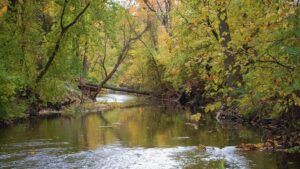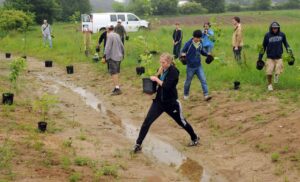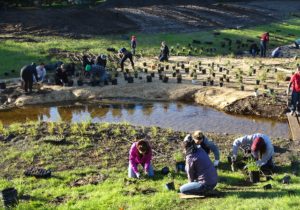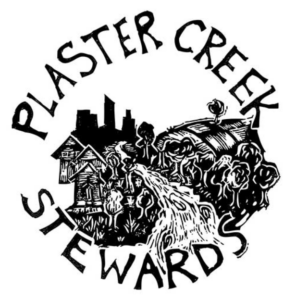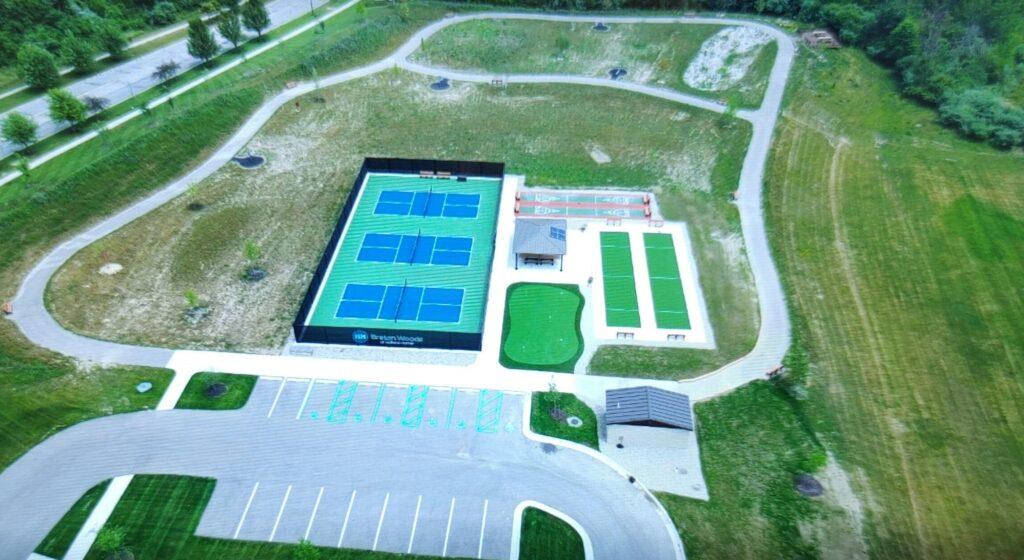
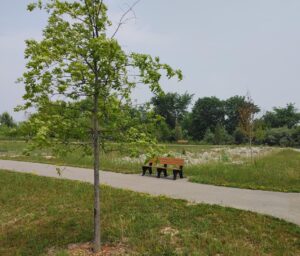
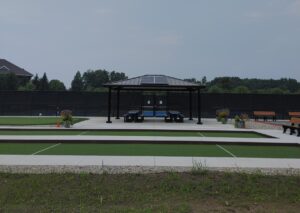
While officially, Holland Home built a park, what they really did was create a natural ecosystem. Partnering with the Plaster Creek Stewards, a group from Calvin University that works on restoring the Plaster Creek watershed, they created a self-sustaining environment. Native plants, grasses, and flowers that are allowed to grow wild were implemented throughout the park, creating a haven for wildlife like butterflies, birds, and bees. Through a grant, Breton Woods Park received 40+ native trees, which residents planted. In addition, the park's natural areas are very low-maintenance and don’t require fertilizing or mowing, saving time and money for Holland Home.


